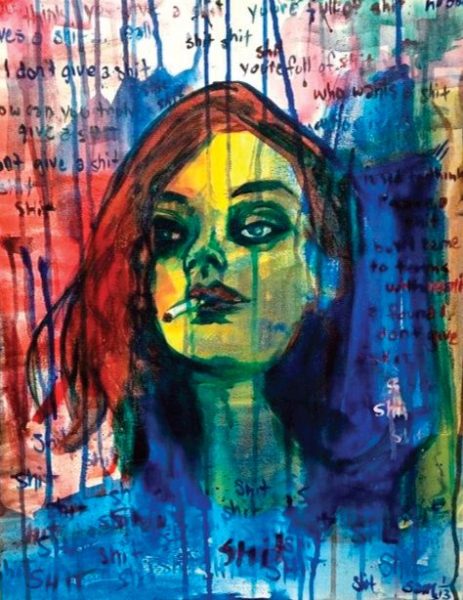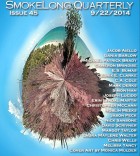One of the things that’s so wonderful about “First Story” is how convincingly it portrays the thoughts of a child. Could you talk a little about why you were drawn to that voice, and how you arrived at its authenticity?
I think because I am not four years old and my readers have, as far as I know, hit puberty, the child’s perspective carries inherent drama. We know things about the world that the child does not know, and yet it’s the child’s perspective that can illuminate aspects of the adult world—the things we overlook, ignore or take for granted. Also, it’s a lot of fun to write. It reminds me to make imagination the priority in my fiction. As for how I arrived at the child’s perspective’s authenticity… well, I’m glad you think it’s authentic! It helped to write the story as a retrospective in second person, which allowed me to elevate the language in such a way that is compelling for an adult reader, while remaining true to a child’s point of view.
Something else I loved about the story is how it plays with genre—there’s style usually found in memoir, and detail reminiscent of fantasy. Have you always been comfortable mixing genre elements in your writing, or did you arrive at it somehow?
The child’s point of view certainly gave me more confidence to play with genre. When I was a child, I didn’t think, Does a dragon belong here? I thought, What color is the dragon? Should I name her after my mom or my teacher? I admire writers like Octavia Butler and Stuart Dybek and Junot Díaz who similarly blur the lines between literary and genre fiction. They refuse to adhere to the idea that a story can only be told one way.
What are some of your most important non-literary influences?
My mom is my family’s foremost storyteller, and I steal a lot of material from her (including her American name, which I use in “First Story”). It’s also been enlightening, given my interest in writing stories of and about childhood, to watch my sister, who is ten years younger than me, grow up. You have access to a sibling’s mind a little differently than a parent would (though I’m not in a position to confirm that). You’re close enough to the sibling’s age that you can remember how you felt during certain situations, yet you still find yourself surprised by them at every turn. This is to say the obvious, which is that every childhood is different. I was never smart enough to pretend for three years that I still believed in Santa, just to keep getting his present.
I nearly hate to ask, but curiosity gets the best of me: What do you think the second story is about?
That depends on what you consider the first story. For me, the first story concerns the very act of telling stories. How this narrator tells a story without the words with which to tell it. The second story, then, is everything that comes after the narrator goes to school and gradually acquires the language and the love for language. From notebook paper novels bound with rainbow-colored yarn to the stories that get published in handsome online flash fiction quarterlies, the narrator’s been writing (or trying to write) the second story ever since.
Where else can readers find your work, and what flash fiction story do you find yourself recommending to others the most often?
I have a story in Narrative and that’s it—for now, I hope. As for flash fiction that’s out there… oh I can’t pick just one. Stuart Dybek’s soulful short pieces in Coast of Chicago never fail to bring out in me an involuntary verbal response—usually “Ohhh” or “Ahhh.” I mean one begins, “Her hands were always scratched from sparring with cats.” I love how flash also has become a space to play with form, for example with Jamaica Kincaid’s “Girl” (a one-sentence story) and Rick Moody’s “Drawer” (nearly a one-sentence story). Internet lit mags abound with good flash fiction. Here’s one I liked recently .



 The core workshop of SmokeLong Fitness is all in writing, so you can take part from anywhere at anytime. We are excited about creating a supportive, consistent and structured environment for flash writers to work on their craft in a community. We are thrilled and proud to say that our workshop participants have won, placed, or been listed in every major flash competition. Community works.
The core workshop of SmokeLong Fitness is all in writing, so you can take part from anywhere at anytime. We are excited about creating a supportive, consistent and structured environment for flash writers to work on their craft in a community. We are thrilled and proud to say that our workshop participants have won, placed, or been listed in every major flash competition. Community works.